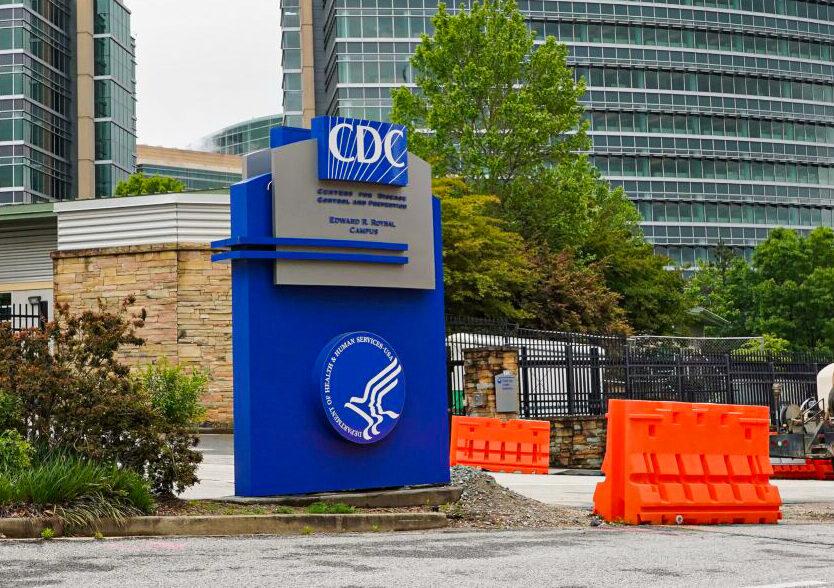The U.S. Centers for Disease Control and Prevention (CDC) last week issued a health advisory warning doctors and health authorities about a recent increase in invasive group A streptococcus bacterial infections among children.
In a warning about a rise of invasive group A streptococcal—or iGAS—infections, the CDC issued a “Health Alert Network Health Advisory” to alert clinicians and public health authorities in a news release on Dec. 22. Health officials say that invasive streptococcal A infection is a severe and sometimes life-threatening infection in which the streptococcus bacterial invades the blood, fat tissue, lungs, or deep muscle.






